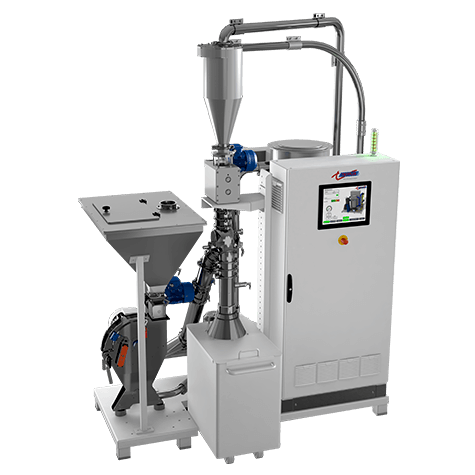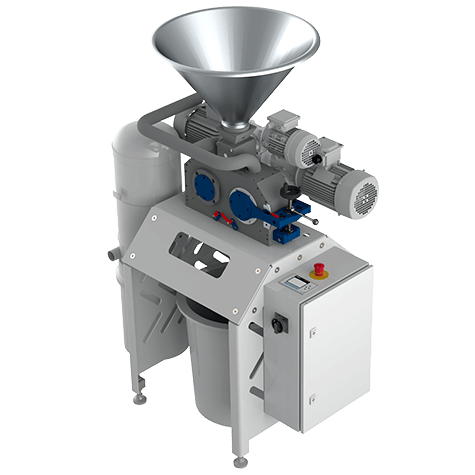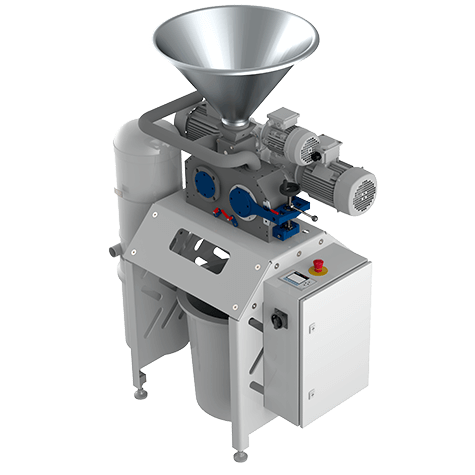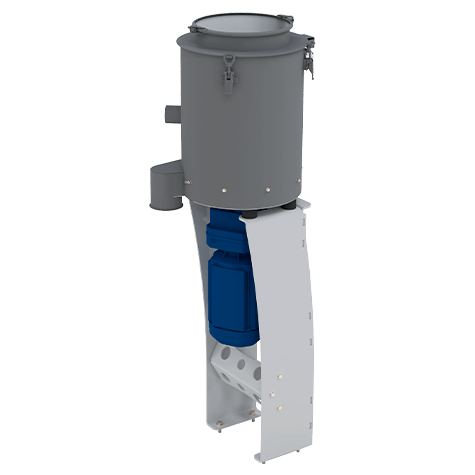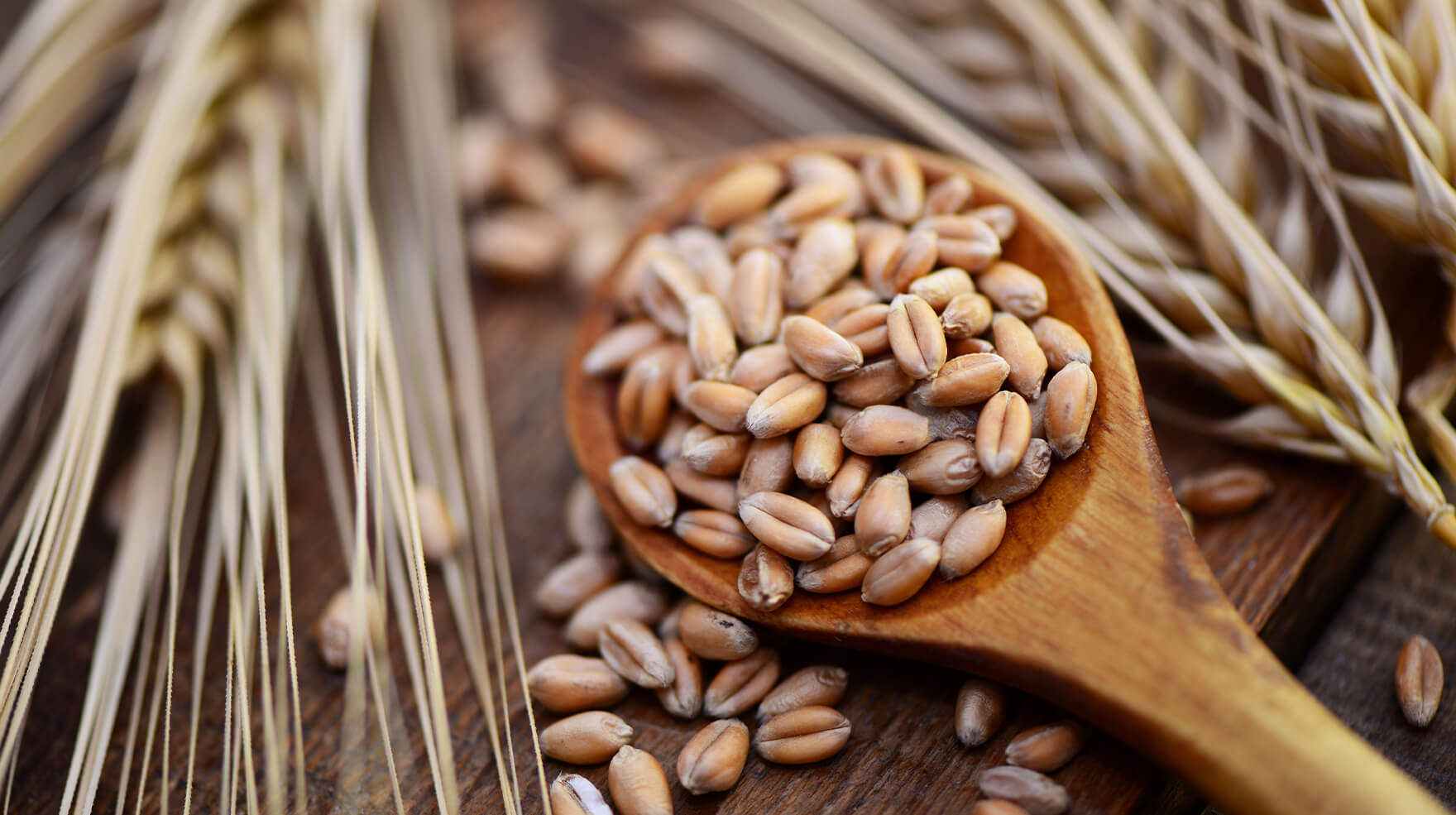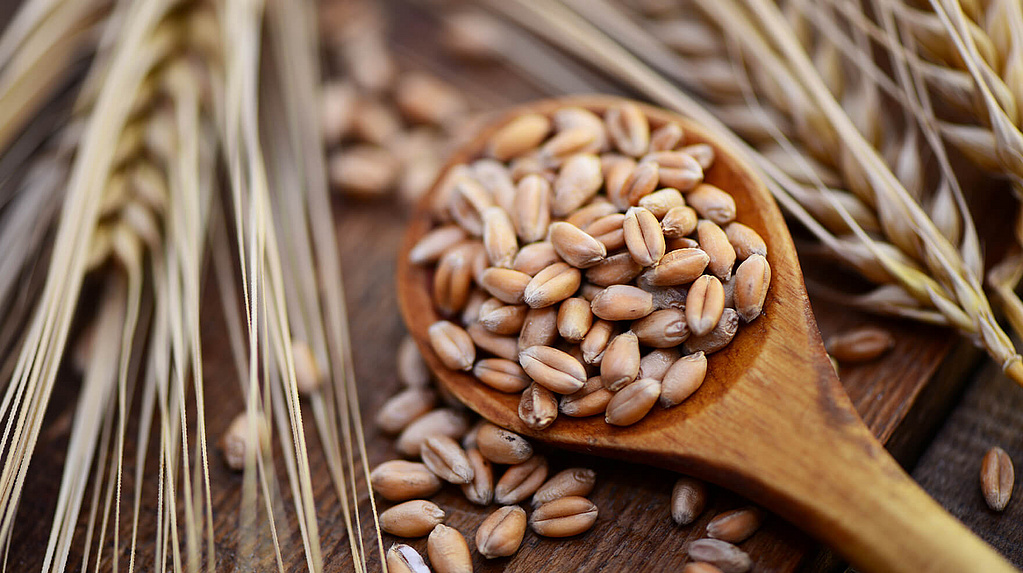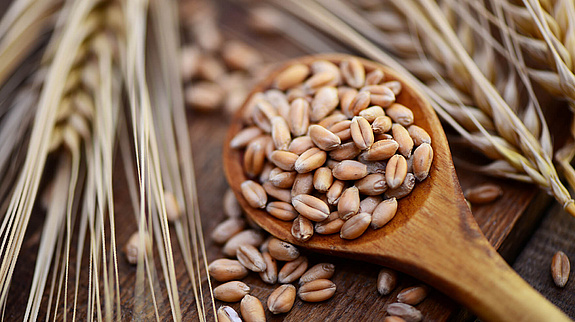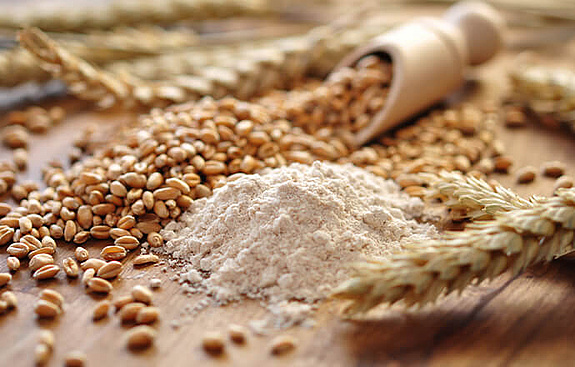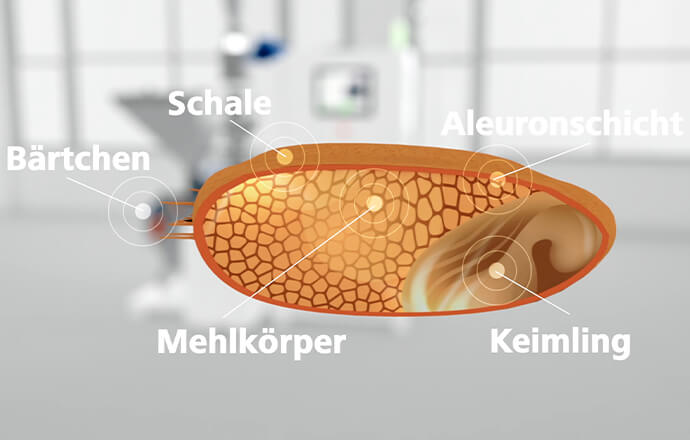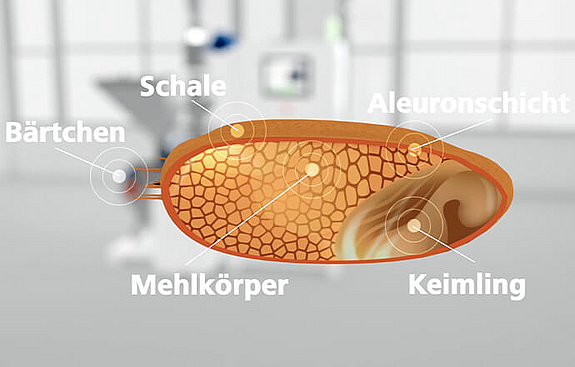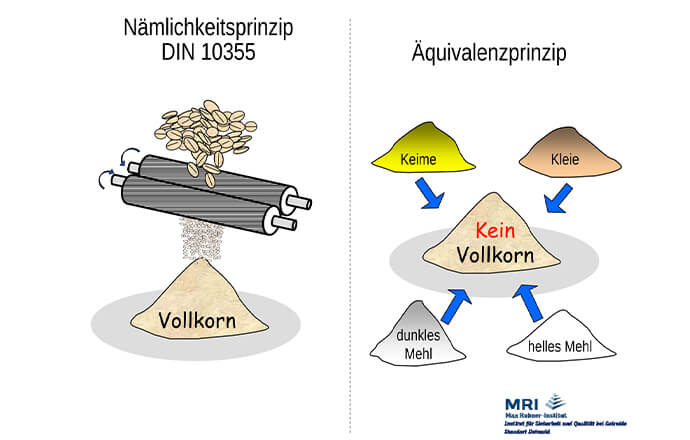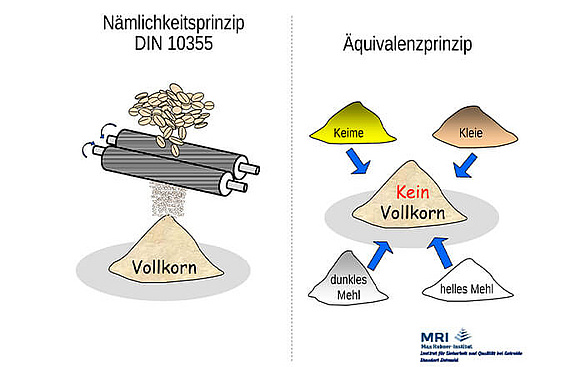Whole grain is the flawless, healthy, well-cleaned cereal grain. It contains all components of the cleaned grains, including the germ bud. Before processing, the grains can be separated from the pericarp. Hulled (shelled or husked) barley and oats also count as whole grain.
- DLG food testing center: DLG test regulations 2009. - DLG-Verlag, Frankfurt, 1st edition, July 2008 -
Whole grain cereal is viewed as a significant part of a healthy diet. The consumption of whole grain cereal is associated with a reduction in the risk of developing several non-transmissible illnesses. (WHO 2015)
There is convincing evidence that increased consumption of whole grain products lowers the plasma level of overall cholesterol and LDL cholesterol. (DGE 2012)
The consumption of whole grain cereal products is also likely associated with a reduced risk of cardiovascular disease. (FAO/WHO 2007)
Austria: Grinding products that are produced through the crushing (coarse grinding) of feed material and accordingly have an equal or approximately equal material composition as the unprocessed feed material are called whole grain (coarse-ground whole grain).
Switzerland: Wholemeal flour: Flour produced from the entire cereal grain, with or without its outermost husk fragments; the total yield must be at least 98% weight by weight of the total cereal grain.
![[Translate to Englisch:] [Translate to Englisch:]](/fileadmin/user_data/bilder/agrartechnik/produktteaser/treffler-praezisions-zinkenstriegel-5-7-teilig.png)
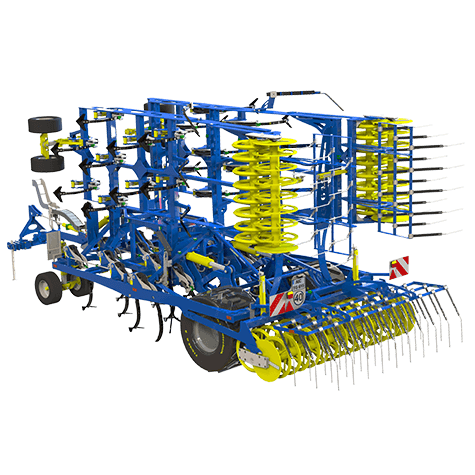
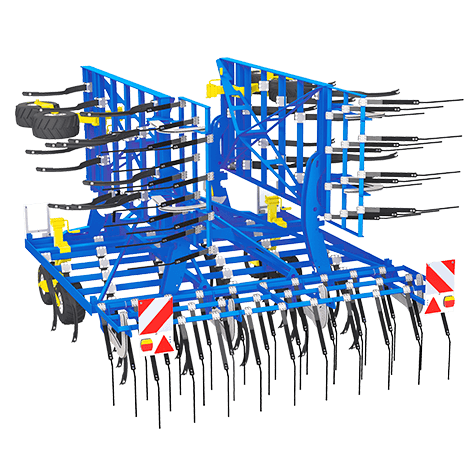
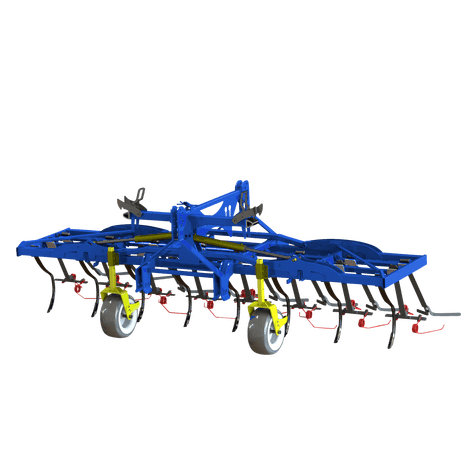
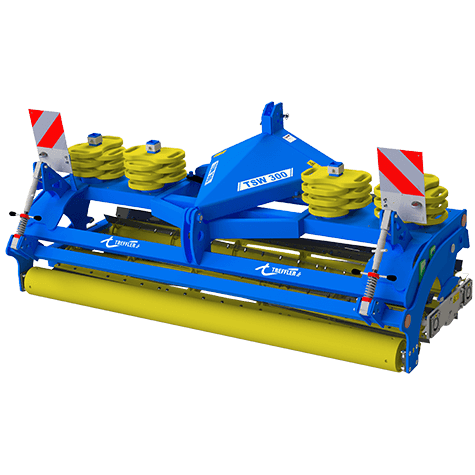
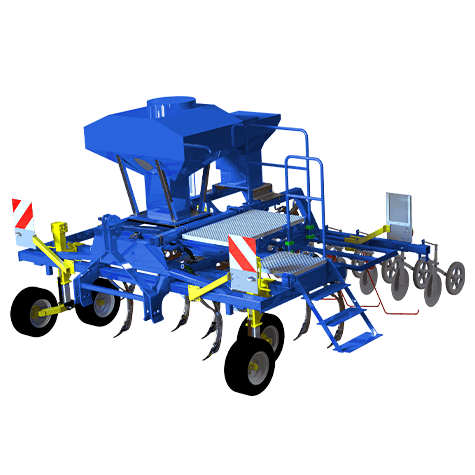
![[Translate to Englisch:] [Translate to Englisch:]](/fileadmin/user_data/bilder/agrartechnik/produktteaser/treffler-saetechnik.png)
